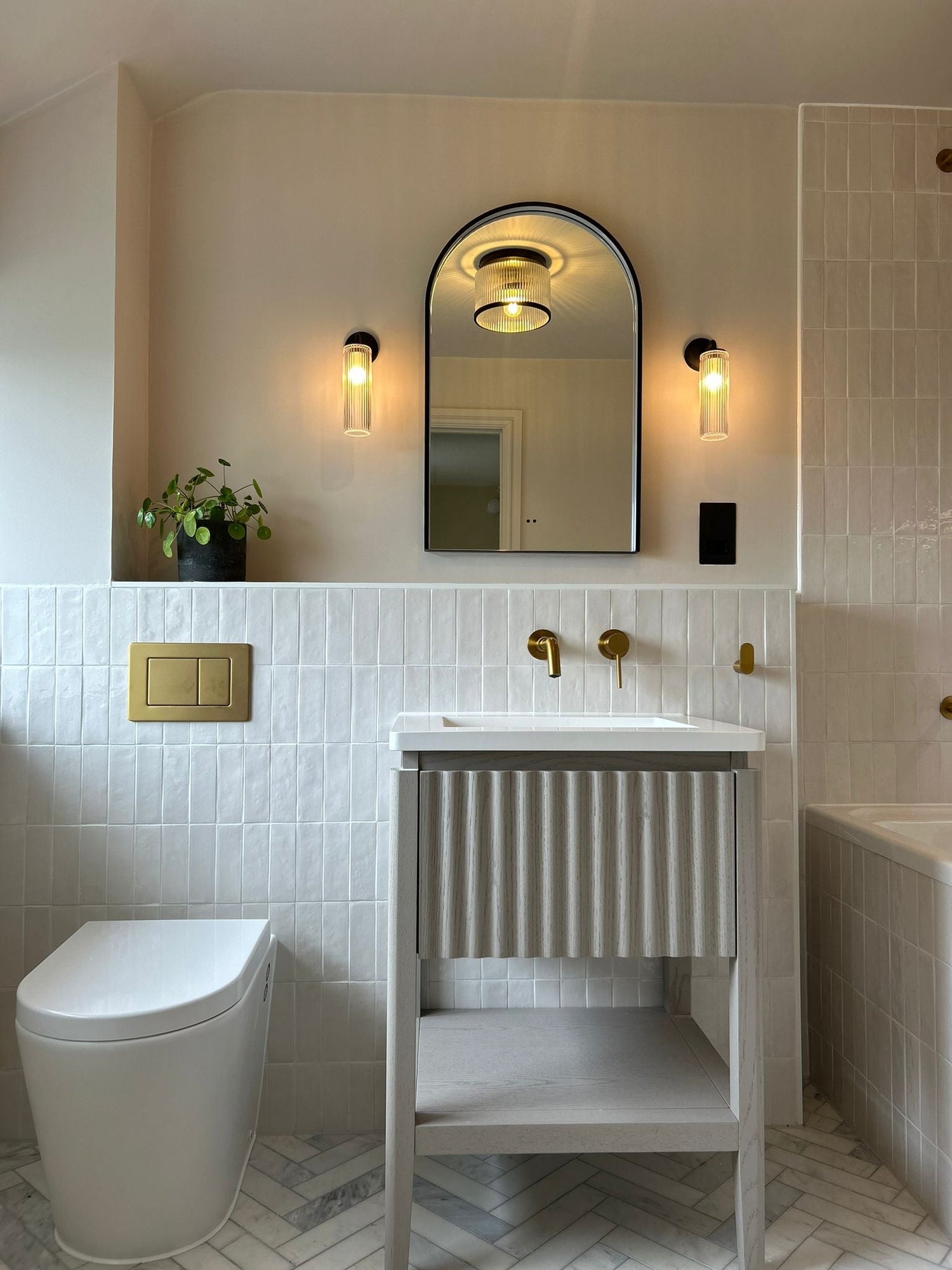Interior design is often seen as colours, cushions, and a quick coat of paint. But a truly well-designed home goes far beyond surface aesthetics. It shapes how you live, how you feel, and how you experience your everyday routines.
When your home works for you, it’s not just a backdrop – it becomes a lifestyle that supports your wellbeing.
More Than a Pretty Picture
A home that looks beautiful but doesn’t function is frustrating. Likewise, a home that’s practical but soulless rarely feels inviting. The magic happens when design brings both together: function and feeling.
Imagine a living room where the furniture flows naturally, light falls in the right places, and every surface has a sense of purpose. Add in layers of texture – soft velvets, brushed cotton, natural linens – and the room instantly feels alive. It’s not just something to look at; it’s something you experience.
Texture, Pattern, and Detail
Design becomes meaningful through the details. Think about the quiet confidence of aged brass handles, the depth of walnut or oak grain, the softness of a wool rug underfoot.
Even pattern, when used sparingly, adds personality without overwhelming: a crisp stripe on a cushion, a geometric rug grounding a space, or a heritage wallpaper tucked into a hallway. These details create homes that feel timeless rather than trend-driven – spaces that hold their own character year after year.
The Balance of Old and New
For period homes especially, design isn’t about erasing history. It’s about balance. Preserving the beauty of fireplaces, cornicing, or original floorboards, while weaving in contemporary pieces that make the home practical for modern life.
That might mean pairing a Victorian bay window with clean-lined mid-century furniture, or softening ornate plasterwork with calm, earthy colour palettes. The old and the new support each other – tradition grounding the space, modernity keeping it fresh.
The Impact on Wellbeing
A home designed with intention doesn’t just change how it looks – it changes how you feel inside it.
-
A bedroom with harmonious proportions and soft, layered textures creates calm at the end of the day.
-
A kitchen with a considered layout turns cooking from a chore into a pleasure.
-
A hallway that’s welcoming rather than cluttered sets the tone every time you walk through the door.
It’s in these everyday moments that design supports mental health. A home that flows, feels cohesive, and reflects your personality provides a sense of control and comfort. It lifts your mood and allows you to focus on the things that really matter.
A Lifestyle, Not a Luxury
Investing in design isn’t indulgence. It’s about creating a foundation for the way you want to live.
When your surroundings feel finished, intentional, and personal, you naturally feel more settled. There’s less stress, less “I’ll fix that one day,” and more joy in the everyday rituals of home life – from morning coffee to hosting friends.
That’s why I believe interior design should never be dismissed as just decoration. It’s about creating spaces that nurture you, reflect your history, and support your future.
✨ Ready to explore how design could transform your own home? Discover more about my E-Design services UK or Interior Design in West Sussex.





